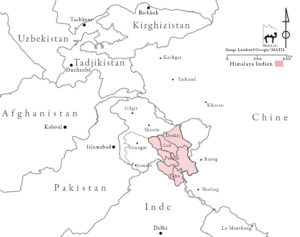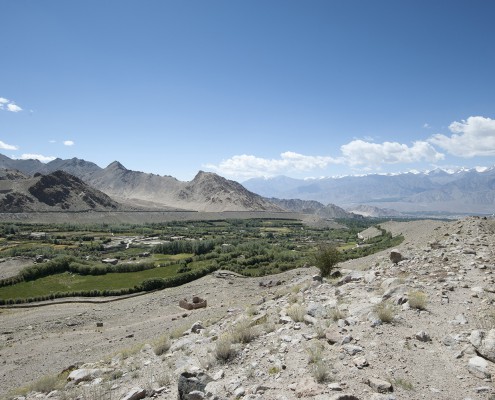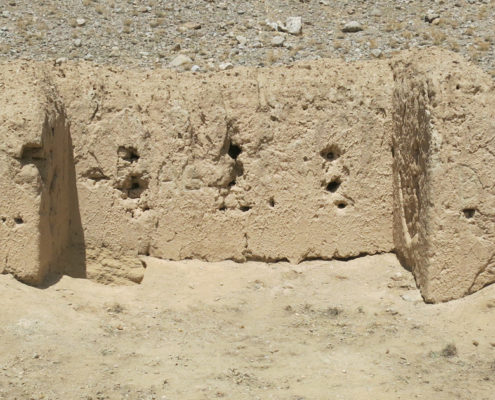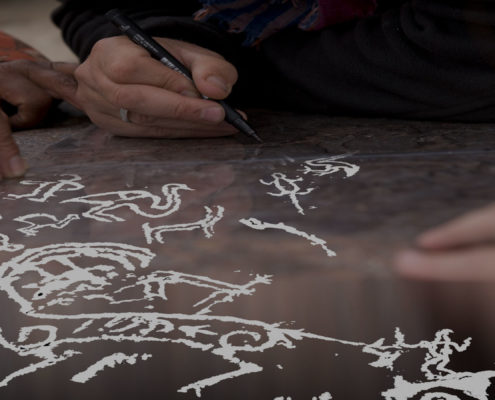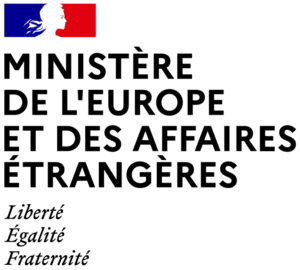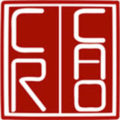Eight field campaigns have been carried out (2013-2018 then 2022-2023) in the form of systematic documentation, surveys and excavations. The MAFIL’s field missions take place every year between May and September. The team is made up of around ten French, Indian and Ladakhi members, including archaeologists, engineers (topographer, draughtsman and photographer) and students.
Site and material studies have been supplemented by radiocarbon dating. The MAFIL has also set up a Digital Humanities project to compensate for the temporary inaccessibility of the field between 2019 and 2021.
In addition to its field campaigns, the MAFIL has been working to raise awareness of its activities in Ladakh through a wide range of initiatives (meetings with key local stakeholders, production of leaflets, etc.).

